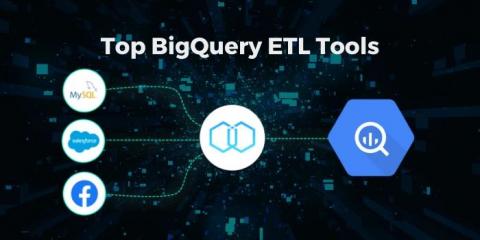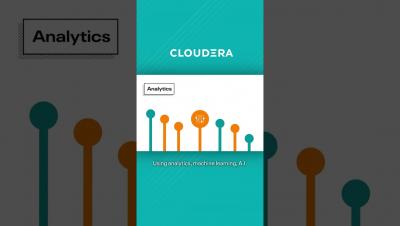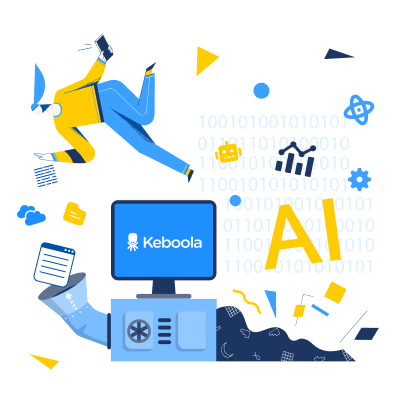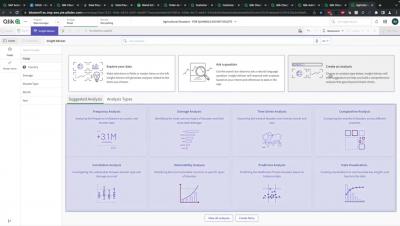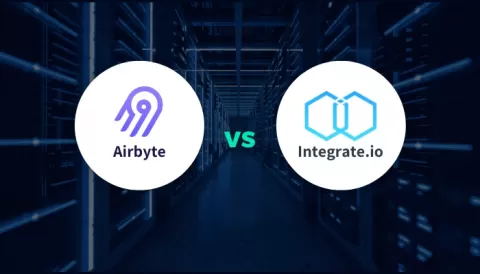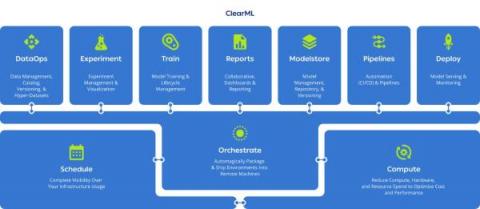Analytics
Industry Impact | Intelligent manufacturing operations | Short
How Cloudera Supports Zero Trust for Data
By now, almost everyone across the tech landscape has heard of the Zero Trust (ZT) security model, which assumes that every device, application, or user attempting to access a network is not to be trusted (see NIST definitions below). But as models go, the idea is easier than the execution.
How to deliver successful AI products with Keboola?
7 Best Data Integration Techniques In 2023
Integration of ChatGPT in Qlik Cloud
Airbyte vs Integrate.io
Beyond Monitoring: Introducing Cloudera Observability
Increased costs and wasted resources are on the rise as software systems have moved from monolithic applications to distributed, service-oriented architectures. As a result, over the past few years, interest in observability has seen a marked rise. Observability, borrowed from its control theory context, has found a real sweet spot for organizations looking to answer the question “why,” that monitoring alone is unable to answer.
Deliver Data-Driven Decision-Making with the New Government & Education Data Cloud
Today’s governmental and educational organizations can’t fully use the wealth of data they possess to improve citizen and student outcomes. Government agencies often deal with disparate and siloed data that can impact real-time decision-making. Securely exchanging information and collaborating on data remains an essential task in almost every agency strategy.
ClearML vs Other MLOps Tools
When approaching machine learning operations, the options can be overwhelming. There may be multiple solutions available for each step in the process, and the most popular (usually open source tools) may not necessarily be good or easy to use, but they are free.

